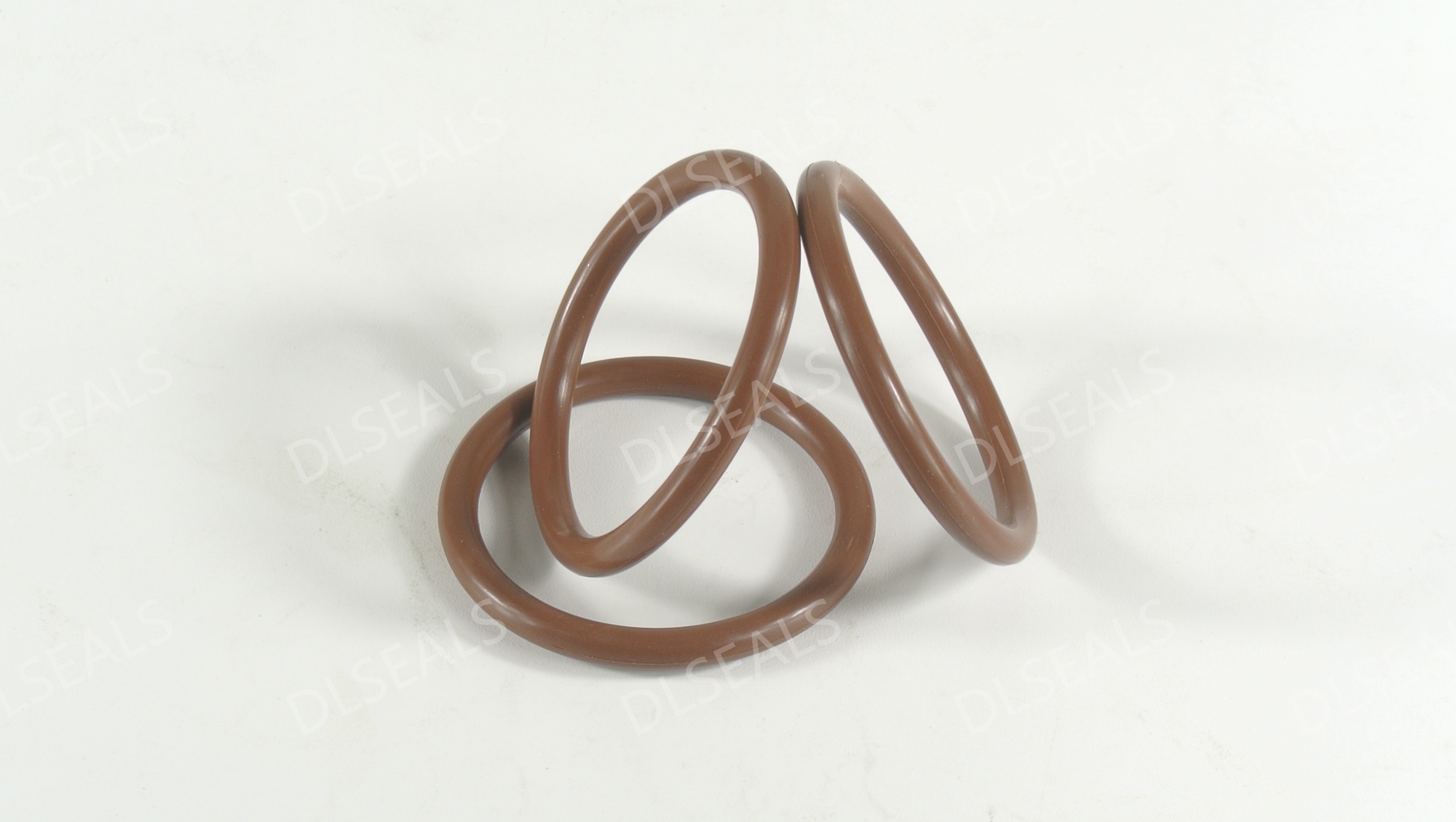
As one of the clean energy sources, liquefied natural gas (LNG) plays an increasingly important role in the global energy structure. However, the storage and transportation of LNG needs to be carried out at extremely low temperatures (about -162°C), which places extremely high demands on various components of the system, among which LNG sealing rings are particularly critical. This article will explore in depth the importance, material selection, technical characteristics and application of LNG sealing rings in LNG systems.
1. The importance of LNG sealing rings
In LNG systems, the role of sealing rings cannot be ignored. It must not only ensure the sealing performance in extremely low temperature environments and prevent the leakage of gas or liquid, but also have the ability to work stably for a long time in high pressure and corrosive media. The quality of the sealing ring is directly related to the safety and reliability of the entire system. Once the seal fails, it may cause serious safety accidents and environmental pollution.
2. Material selection
Choosing the right material is the key to ensuring the performance of LNG sealing rings. Commonly used materials include:
Polytetrafluoroethylene (PTFE): PTFE has excellent corrosion resistance and low friction coefficient, but its elasticity is poor at low temperatures.
Fluororubber (FKM): FKM can still maintain good elasticity and chemical corrosion resistance at low temperatures, but its low temperature resistance is not as good as FFKM.
Perfluororubber (FFKM): FFKM is currently one of the best materials for LNG sealing rings, with excellent low temperature resistance, chemical corrosion resistance and excellent elasticity.
3. Technical characteristics
LNG sealing rings have extremely high performance requirements, so the following characteristics need to be met in design and technical manufacturing:
Low temperature performance: The sealing ring must be able to maintain flexibility and sealing performance at extremely low temperatures, and will not become brittle or lose elasticity due to low temperatures.
Corrosion resistance: LNG may contain acidic gases or other corrosive components, and the sealing ring material must have good corrosion resistance.
Compression permanent deformation: Under long-term compression, the sealing ring material should have a small compression permanent deformation to ensure long-term effective sealing.
Dimensional accuracy: The size of the sealing ring must be precise to ensure a close fit with the equipment and avoid leakage.
Installation and maintenance: The sealing ring should be easy to install and replace to reduce maintenance time and cost.
IV. Application fields
LNG sealing rings are widely used in LNG storage tanks, transmission pipelines, filling stations and other links. Whether it is an LNG ship at sea, an LNG receiving station on land, or an LNG filling truck, the sealing ring is an important component to ensure the normal operation of the system.
V. Summary
LNG sealing rings are an indispensable key component in the liquefied natural gas system, and their performance directly affects the safety and reliability of the system. With the continuous development of the LNG industry, the requirements for sealing rings are getting higher and higher. In the future, with the application of new materials and new technologies, LNG sealing rings will be more efficient, safe and reliable, providing a solid guarantee for the promotion and application of clean energy.
Post time: Nov-23-2024
